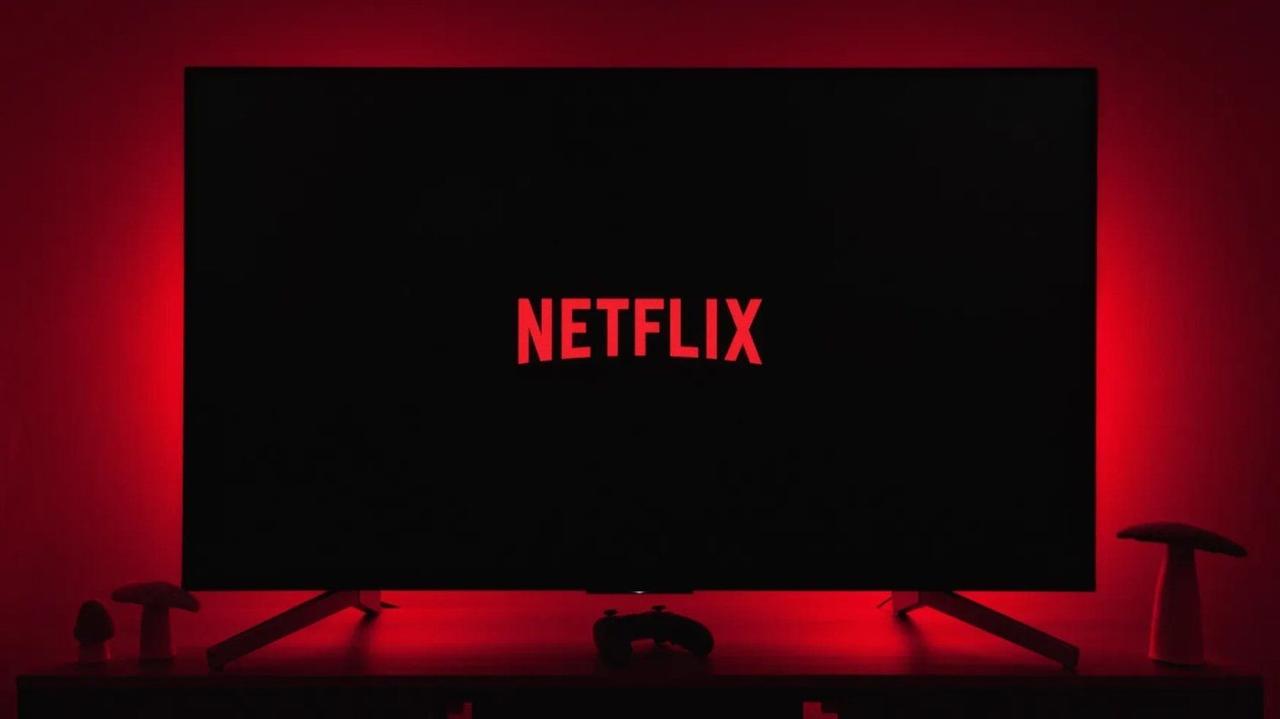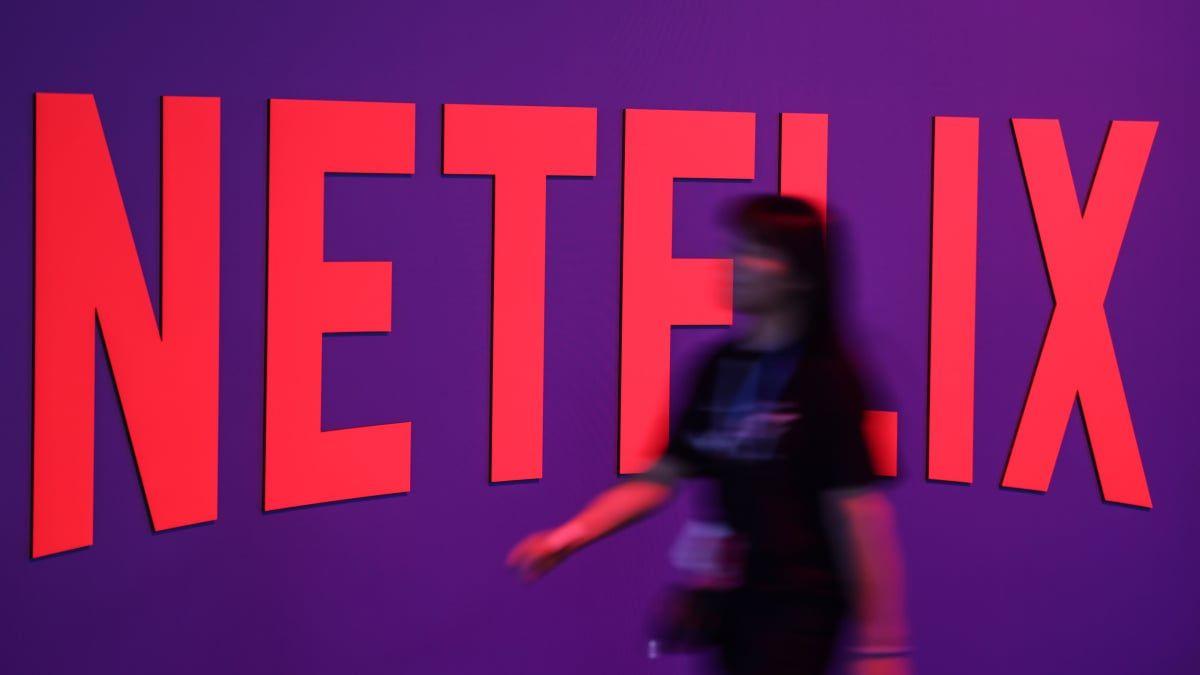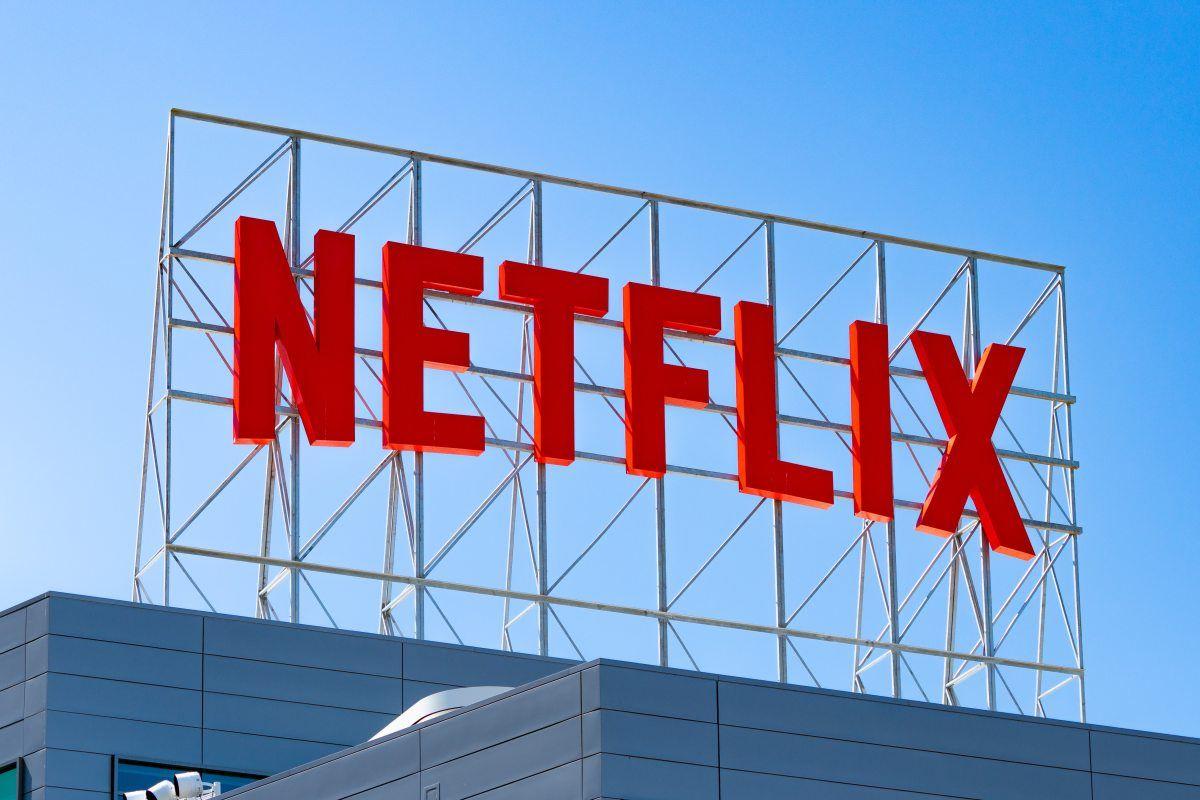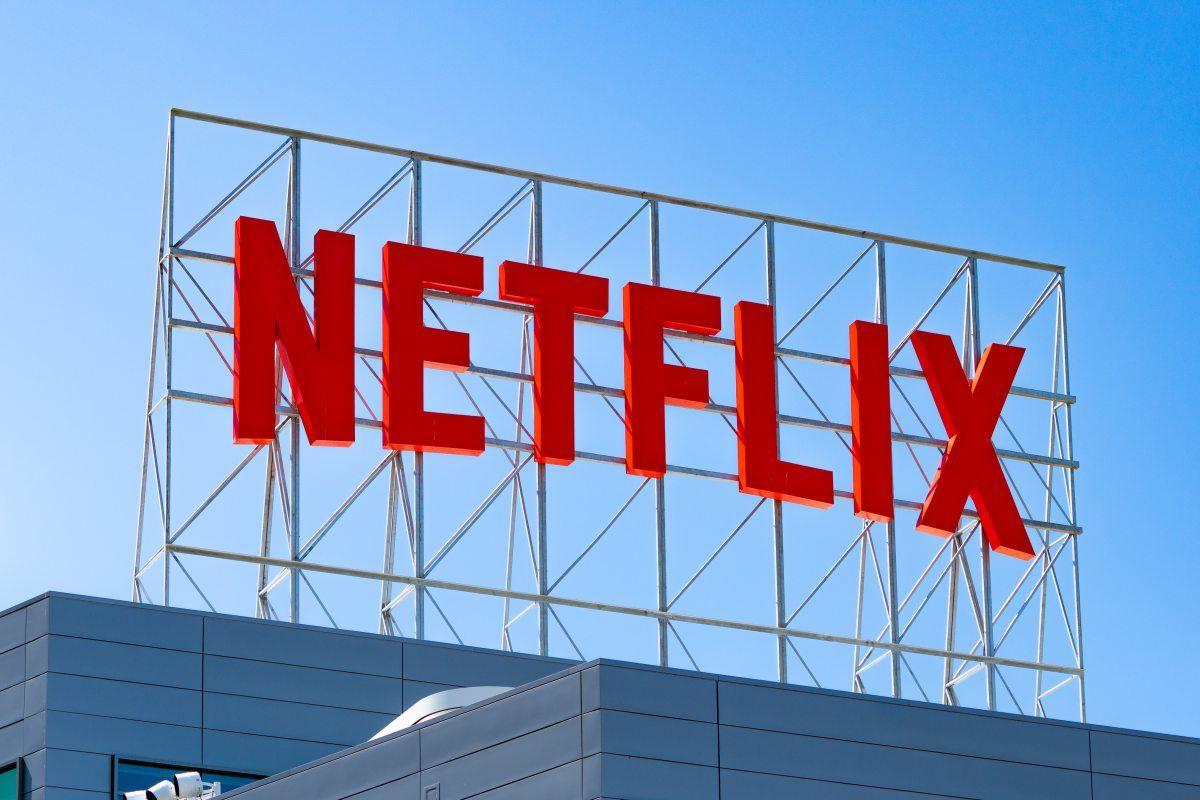Netflix Unveils Generative AI Guidelines for Content Creators
4 Sources
4 Sources
[1]
Netflix spells out generative AI guidelines for moviemakers
Netflix defines "low risk" and "high risk" AI use cases. Credit: Oliver Berg/picture alliance via Getty Images Netflix has given its media-making partners more parameters for using generative AI as the company becomes more brazen in its use of AI. The entertainment giant's new generative AI guidelines, published last week on its Partner Help Center, outline low-risk and high-risk use cases for incorporating AI-powered tools or using completely AI-generated content in a piece of media hosted on Netflix. Reported by The Wrap, Netflix says its priorities are to protect personal data and creative rights, comply with legal standards of traditional content, respect performers, and build audience trust. "At Netflix, we see these tools as valuable creative aids when used transparently and responsibly," the company wrote. Netflix also acknowledged ongoing AI demands from Hollywood's unions, urging creatives to ensure their work "does not replace or materially impact work typically done by union-represented individuals, including actors, writers, or crew members, without proper approvals or agreements." Primarily, the company establishes a set of standards that determine whether gen AI use needs to be escalated to the top or just "socialized": Netflix came under fire in 2024 for the disclosed use of generative AI in the true crime documentary What Jennifer Did. Earlier this year, the streaming platform once again admitted to using generative AI in its post-apocalyptic original The Eternaut, replacing the work of a traditional VFX house with "AI-powered tools." Netflix co-CEO Ted Sarandos, lauding the decision, said the outcome was ten times faster than traditional methods. It was the first time generative AI final footage was included in a Netflix original series or film. Meanwhile, Netflix may be adding AI-generated ads to the platform's cheapest tiers, a move that the company's advertising president called a merging of Netflix's entertainment and technological prowess.
[2]
Netflix releases guidelines for how its creators can use generative AI
TL;DR: Netflix embraces generative AI as a valuable, transparent, and creative tool for content production. Its new guidelines help partners use AI for ideation, background elements, and visual effects while protecting creative rights, complying with laws, and ensuring union roles remain unaffected. AI-generated characters require legal review. Netflix views generative AI as a "valuable creative aid" and key part of the moviemaking or TV show production process in 2025, but only when used "transparently and responsibly." What does that mean? Well, Netflix has posted a new in-depth guideline for its partners and creators who are using generative AI for content production. "This guidance helps filmmakers, production partners, and vendors understand when and how to use GenAI tools in production," the guideline says. "It also offers a practical tool for assessing and enabling confident GenAI use when producing content for Netflix." Naturally, as generative AI tools cover a wide range of things and are continuously evolving, Netflix's guidelines were written to protect personal data and creative rights, and comply with laws and regulations such as copyright. There's also a note in there that states that any use of generative AI for content production "does not replace or materially impact work typically done by union-represented individuals, including actors, writers, or crew members, without proper approvals or agreements." When it comes to using GenAI, as Netflix's guidelines call it, if it's for ideation only, then it's fair game as long as it complies with the company's guiding principles. Ideation refers to creating things that aren't in the final product, like reference images, temporary art, or visual effects. Using GenAI to create "background elements" or things like posters in a production is also fine, with Netflix putting this stuff under the "use your judgement" banner and to only escalate or notify Netflix if it's "story-relevant." AI-generated characters and training new models on data for creating content fall under the big red stop sign banner that requires escalation and legal review. These guidelines point to a future where GenAI becomes a key part of Netflix's content production pipeline, with the company already using AI for tasks such as speeding up the visual effects process, and creating ads.
[3]
Netflix sets rules on AI use in film and TV production
Netflix has formalized its approach to generative artificial intelligence (AI) by publishing guidelines for its media-making partners. These guidelines aim to provide a framework for the responsible and transparent use of AI tools in content creation for the streaming platform, outlining acceptable parameters as Netflix increases its deployment of AI technologies. The newly released generative AI guidelines, accessible through Netflix's Partner Help Center, differentiate between low-risk and high-risk scenarios when integrating AI-powered tools or fully AI-generated content into media projects hosted on the platform. According to a report by The Wrap, Netflix emphasizes that its primary objectives are to safeguard personal data, protect creative rights, ensure compliance with established legal standards applicable to traditional content, respect performers, and maintain audience trust. Netflix has publicly stated its perspective on the role of these technologies. "At Netflix, we see these tools as valuable creative aids when used transparently and responsibly," the company stated. The guidelines also address the ongoing discussions and demands from Hollywood's labor unions concerning the use of AI. Netflix urges its creative partners to ensure that the implementation of AI "does not replace or materially impact work typically done by union-represented individuals, including actors, writers, or crew members, without proper approvals or agreements." This statement suggests an awareness of the potential impact of AI on employment within the entertainment industry and a commitment to addressing labor concerns. The core of the guidelines establishes specific standards to determine the level of scrutiny required for generative AI use. This involves a process of escalating or "socializing" the use of AI, with the level of review dependent on the potential risks involved. Several key criteria are outlined to govern this assessment: Netflix faced criticism earlier in 2024 following the disclosure that generative AI was used in the true-crime documentary *What Jennifer Did*. This instance brought scrutiny to the platform's approach to AI in documentary filmmaking. Furthermore, Netflix acknowledged the use of generative AI in its post-apocalyptic original series, *The Eternaut*. In this case, AI-powered tools replaced the work of a traditional visual effects (VFX) house. Netflix co-CEO Ted Sarandos commented that this decision resulted in a tenfold increase in speed compared to conventional methods. *The Eternaut* marked the first instance of generative AI final footage being included in a Netflix original series or film. In a separate development, Netflix is considering the addition of AI-generated advertisements to its lower-priced subscription tiers. Netflix's advertising president characterized this potential move as a convergence of the company's entertainment and technological capabilities.
[4]
Netflix's new AI rules are a bit hypocritical
As AI tech continues to advance into filmmaking and video editing, Netflix has become the first big player I'm aware of to try to impose some order. It's published a fairly detailed set of rules for generative AI use in content production, which studios will need to follow when they contribute to films or series for the streaming platform. On the face of it, any attempt to impose some clarity on what use of generative AI is acceptable and what isn't is welcome. But Netflix's norms also highlight the complexity and sometimes hypocritical contradictions the plague the development of AI in the industry - as Disney's AI setbacks also showed. It makes sense that Netflix would be the first to draw up rules since it was also the first to use AI or VFX in a big series (or at least to admit to it). Last month, it confirmed that it, or rather Argentina's K&S Films and CONTROL Studio, used AI for a scene in The Eternaut. The use of AI was for a single two-second scene - a building collapse in the last episode that would have otherwise been impossible on the series's budget. As shown in the reel above, CONTROL delivered around 200 well-crafted VFX shots for the series, so we're hardly talking AI slop. But case quickly raised concerns about a slippery slope down towards a pit of AI-generated content. Like the debate we've seen about the use of AI in video games, how much AI is OK, and what type of AI is OK? According to Netflix's AI guidelines, use of the tech will be generally fine if it's for research, storyboarding and other non-final assets, provided that outputs don't substantially recreate identifiable characteristics of unowned or copyrighted material, or infringe on copyright-protected works, that generative tools do not store, reuse or train on production data inputs or outputs and that GenAI is not used to replace or generate new talent performances without consent In cases that meet those criteria, the platform says that "socializing the intended use with your Netflix contact may be sufficient." In other cases, it doesn't rule out the use of AI, but says collaborators should "escalate to your Netflix contact for more guidance before proceeding, as written approval may be required." Such scenarios that could require written approval include using Netflix's own data, personal information or third party material, generating key creative elements such as main characters or settings; referencing copyrighted materials or likenesses of public figures or deceased individuals or making substantial changes to performances. The guidelines give one specific example of a use of AI that would need permission: generating a second killer doll to play the red light/green light game with Young-hee in Squid Game. As for changing performance, as well as permission from Netflix, creators would be expected to follow acting guild norms. The guidelines also mention that when making changes that affect a performance's emotional tone, delivery, or intent, as "even subtle edits may have legal or reputational implications" - to someone may have noticed all those times when Netflix's AI use has led to roastings on social media. The guidelines highlight some of the hypocrisy that major players face when they accept some AI use that may be based on models that were trained on copyright material but strictly forbid their copyrighted material from being used for training. In a nutshell, it sounds like Netlfix is basically saying 'ask us for permission and it will generally be OK, as long as you're only stealing other people's work not ours'. Companies like Netflix and Disney are caught in a hard place. They fear getting rightly criticised when they turn out AI slop like Lucasfilm's AI Star Wars movie, but they're more terrified that they could eventually be annihilated by new competition that couldn't care less about the optics - like the so-called Netflix of AI, Showrunner. Netflix might find it's hard to walk a line in the middle.
Share
Share
Copy Link
Netflix has released new guidelines for using generative AI in content production, balancing innovation with ethical concerns and union considerations.
Netflix Introduces Generative AI Guidelines
Netflix, the streaming giant, has taken a significant step in addressing the growing use of artificial intelligence in content creation by publishing comprehensive guidelines for its media-making partners. These guidelines, accessible through Netflix's Partner Help Center, aim to provide a framework for the responsible and transparent use of generative AI tools in film and TV production
1
2
.
Source: TweakTown
Balancing Innovation and Responsibility
The guidelines categorize AI use into "low-risk" and "high-risk" scenarios, emphasizing Netflix's commitment to protecting personal data, creative rights, and audience trust. "At Netflix, we see these tools as valuable creative aids when used transparently and responsibly," the company stated
1
. This move comes as Netflix increasingly incorporates AI into its content production process, viewing it as a key component of moviemaking and TV show production in 20252
.Key Principles and Use Cases
Netflix's guidelines outline several key principles for AI use:
- Ideation and background elements: Using AI for creating reference images, temporary art, or visual effects is generally acceptable
2
. - Story-relevant elements: AI-generated content that is crucial to the story requires notification to Netflix
2
. - AI-generated characters: These fall under the "high-risk" category and require legal review and escalation
2
. - Union considerations: The guidelines stress that AI should not replace or significantly impact work typically done by union-represented individuals without proper approvals
1
3
.
Recent AI Implementations and Controversies
Netflix has already begun incorporating AI into its productions:
- "What Jennifer Did": The true-crime documentary faced criticism in 2024 for its disclosed use of generative AI
1
. - "The Eternaut": This post-apocalyptic series marked Netflix's first use of generative AI in final footage, replacing traditional VFX work
1
3
.

Source: Creative Bloq
Netflix co-CEO Ted Sarandos praised the AI implementation in "The Eternaut," claiming it was ten times faster than traditional methods
1
.Industry Implications and Concerns
The release of these guidelines highlights the complex relationship between AI and the entertainment industry:
- Labor concerns: Netflix acknowledges ongoing AI demands from Hollywood's unions, emphasizing the need to respect performers and not replace union jobs
1
3
. - Advertising potential: Netflix is considering AI-generated ads for its cheaper subscription tiers
1
. - Ethical considerations: The guidelines attempt to address concerns about copyright infringement and the use of personal data
3
.
Related Stories
Critical Perspectives
Some industry observers have pointed out potential contradictions in Netflix's approach:
- Hypocrisy claims: Critics argue that Netflix's stance on using AI trained on copyrighted material while protecting its own content is inconsistent
4
. - Slippery slope concerns: The use of AI in "The Eternaut" has raised questions about the extent of acceptable AI use in content creation
4
.
Conclusion

Source: Mashable
As the first major streaming platform to establish formal AI guidelines, Netflix is navigating uncharted territory. While the company aims to embrace AI as a creative tool, it must balance innovation with ethical considerations, union demands, and audience expectations. The effectiveness of these guidelines in addressing the complex issues surrounding AI in entertainment remains to be seen, as the industry continues to grapple with the rapid advancement of AI technologies.
References
Summarized by
Navi
[3]
[4]
Related Stories
Recent Highlights
1
Google launches Gemini 3 Flash as default AI model, delivering speed with Pro-grade reasoning
Technology

2
OpenAI launches GPT Image 1.5 as AI image generator war with Google intensifies
Technology

3
OpenAI launches ChatGPT app store, opening doors for third-party developers to build AI-powered apps
Technology








